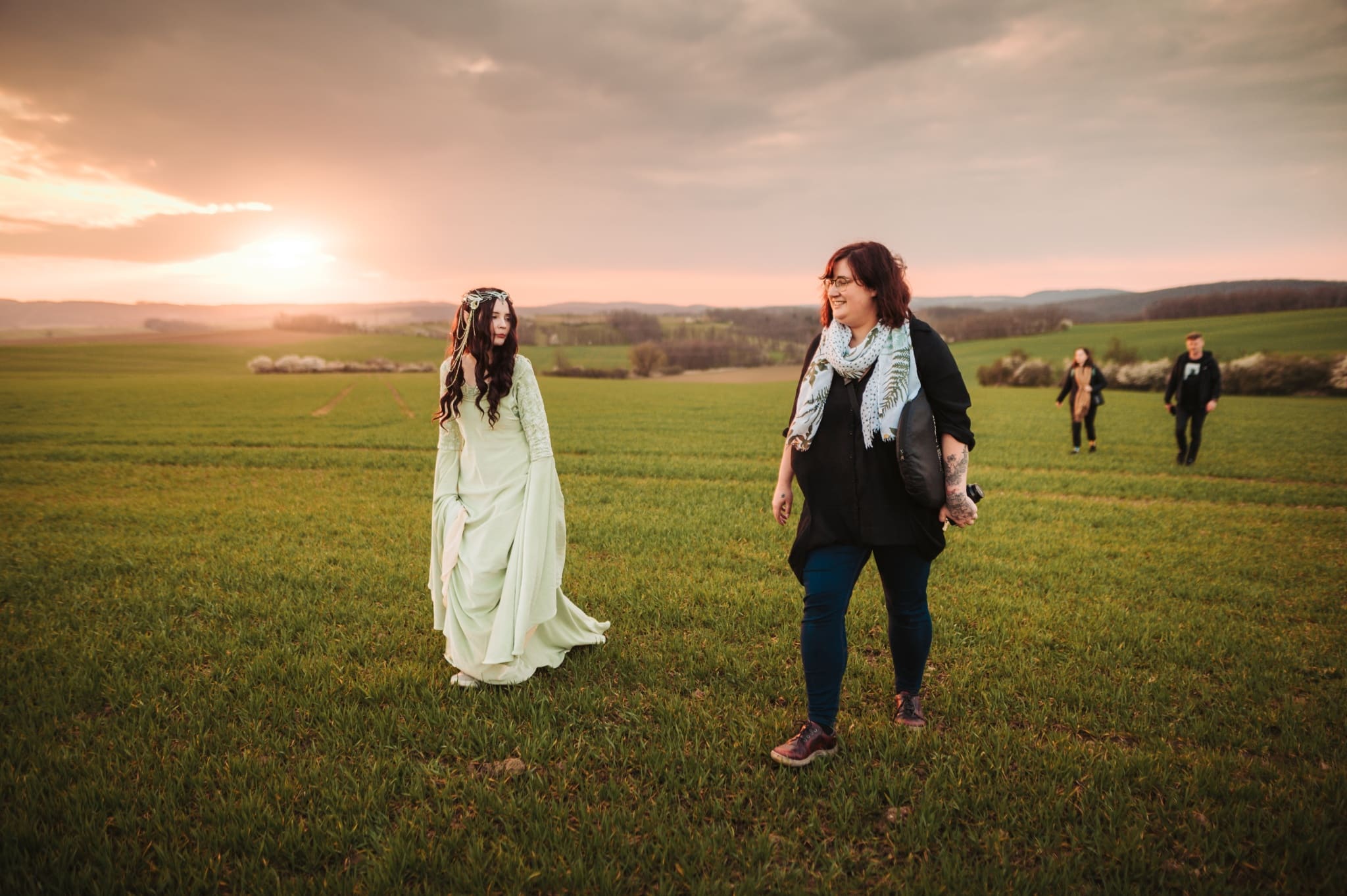Ready to start making money with your photography? Read these tips for getting started.

There are many of you out there who have thought about what it would be like to start making money with your photography. You’ve certainly considered whether it’s worth it, if you could even handle it, and how it would all work. There is no simple answer to these questions. But the short answer is: it’s a struggle. However, for some people, it is a struggle that is worth the uncertainty. In this article, we’re going to get into how to start making a living with your photography and what it’s like to become a freelance photographer. It may give some of you the confidence you need to finally take the plunge!
The first step is always the hardest. There are people who act first and think later. Then there are those who overthink everything so much that it never becomes a reality. The best path is to find some sort of middle ground.
It’s important to consider all angles. At some point, it’s also important to take the plunge into the unknown. There will always be a chance that it won’t work out in the end. Taking risks is one of the many scary things that never goes away when you are a professional photographer. But once you get used to it, it’s not so scary anymore. It’s also important not to undervalue risk taking because it is something that will keep you grounded and move your photography in the right direction.
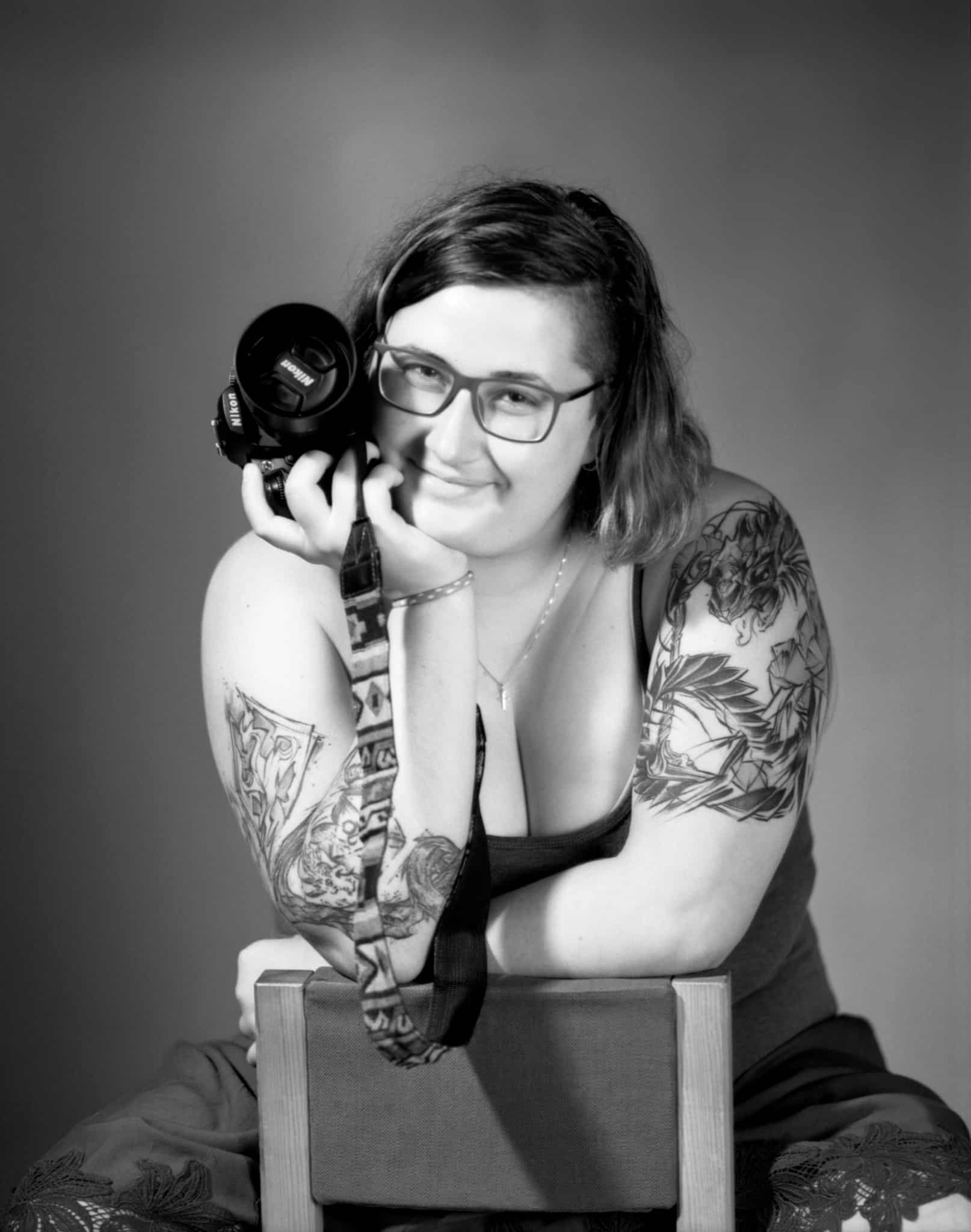
Getting started
The best idea is to give photography a try while still working or studying until you have some level of stability. You may be able to get weekend gigs by charging lower, yet reasonable prices. This advice applies to advanced photographers.
A complete beginner shouldn’t be taking on paid jobs. For the first few months or years, you can shoot TFP for friends and perfect your photography skills before charging anyone. It’s also a good idea to attend classes and learn from the pros as you become a photographer.
Who exactly is considered a professional photographer? There is no exact definition and opinions vary. Nevertheless, being considered a professional photographer consists of:
- Experience
- High-quality equipment (not necessarily the most cutting-edge mirrorless camera, but definitely not the cheapest second-hand camera with a kit lens)
- The gift of communicating with people
- Presentation
- And once again – Experience
Experience includes not only photography experience, but also experience with different situations that may arise. For instance, experience with bad lighting conditions, technical issues, and different types of clients.
Try becoming a professional photographer. Price out some of your photography services and gauge how much interest there is.
Today there are ways of getting started with free marketing for photographers. You can offer your services and see if anyone bites. The simplest way to do this is through social media. Whether you use Facebook, Instagram, or other platforms, these provide a place to showcase your photos, offer your services, communicate with potential clients, and make contacts. Using social media to promote your photography is certainly a step in the right direction.
Once you start getting clients that are willing to pay, raise your prices a bit and become an official freelancer.
Things will not always go your way
Right off the bat, it’s important to acknowledge that there will be dry spells in your photography career. These are times when jobs aren’t very abundant and, aside from financial implications, it will exhaust you mentally. These times are obviously very demotivating and it is very important that these dry spells don’t happen right at the beginning.
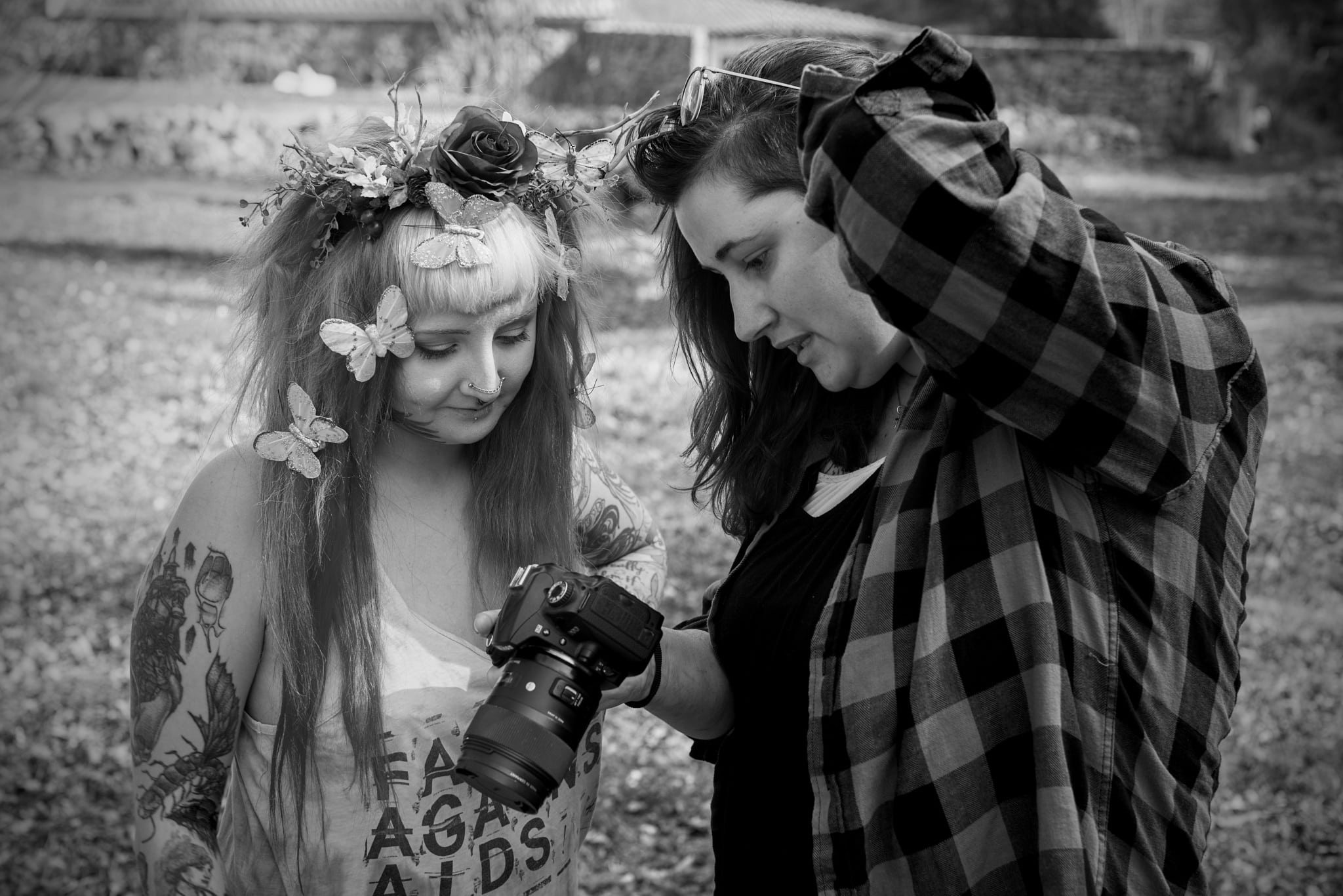
For this reason, it’s a good idea to start offering your photography services in the spring or summer. The winter and right before spring are usually the worst times for photography. However, as soon as the weather warms up and nature comes to life, photography seems to sell itself.
Have a plan B
How do you deal with dry spells in your photography career? Many photographers have a variety of “side hustles.” You can get another job in addition to your photography that you do from time to time. Some photographers make handmade crafts, others have a blog, some do professional makeup, some edit others’ photos for a fee, and some teach classes in addition to doing their photography…the options are endless. Or you can play it safe and keep a part-time job.
It may sound like strange advice: become a full-time photographer, but get a side hustle too. However, keep in mind that it’s a backup plan, a plan B. If you don’t have one, you may end up throwing in the towel after your first bad month. Another piece of advice for difficult months: be sure to have some type of financial cushion. It’s a good idea to take advantage of the good months to put money aside for more difficult times.
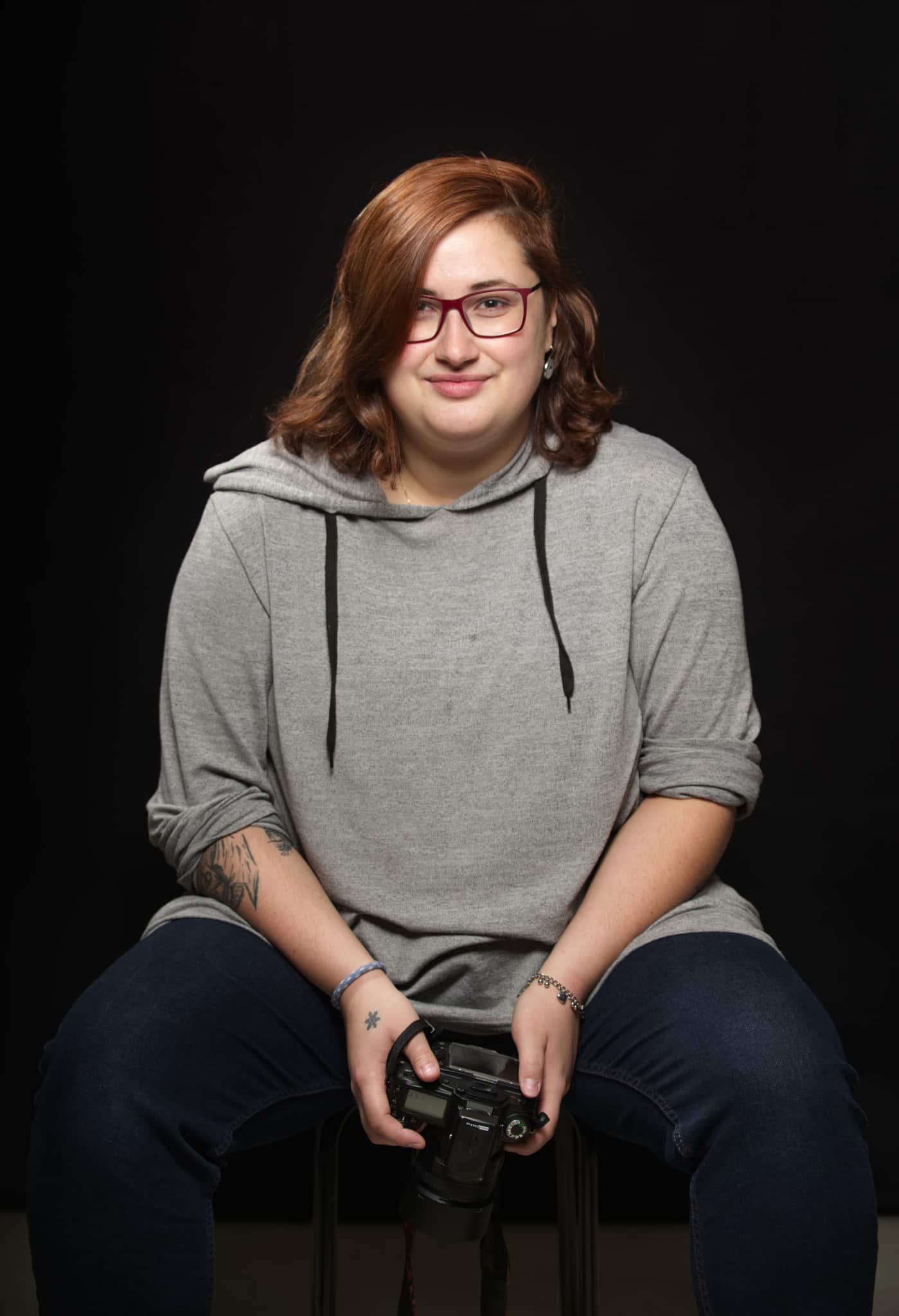
Eventually, you’ll get to a point where you will be drowning in jobs. Or, more and more slow months may be a sign that things aren’t working out. It can happen. It isn’t the end of the world, but rather a life lesson that you can learn from before moving on.
Diversify
It’s a good idea not to solely focus on a single type of photography. Having a wide range of options will allow you to take a multitude of jobs that come your way. For instance, you can do individual and family portraits, graduation pictures, animal photos, and whatever strikes you as something you’d enjoy and feel is within your capabilities.
After you’ve made a name for yourself, you can dedicate yourself to a specific genre. You can always expand by giving different genres a try. There’s always room for growth.
Set prices that are reasonable
Don’t underestimate yourself, but don’t push prices too high either. As a freelancer starting out, naturally your prices should be lower than photographers that have years under their belts. But also be careful not to have ridiculously low prices. You need to believe in yourself and your skills to some degree.
Ideally, look at the costs of other photographers and base your own prices on that. If another photographer tells you your prices are too low and you’re undermining the work of others, don’t listen to them. This is not a reason to raise your prices. It’s perfectly acceptable to base your prices on what you feel is reasonable. If it works for your clientele, you have no need for any unsolicited advice. After all, it’s not your fault that they can’t get any gigs.
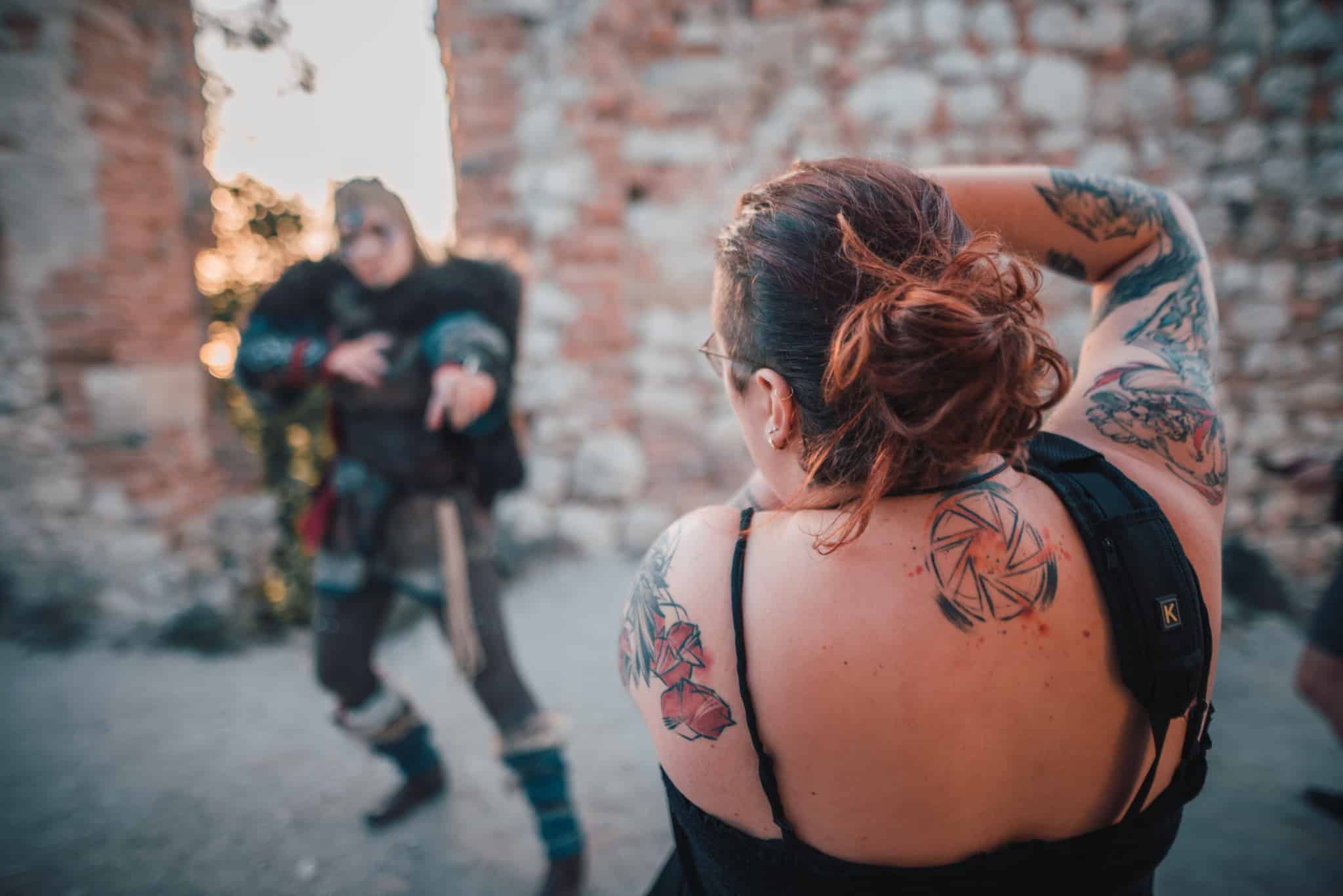
Communication
Be accommodating, communicate with your clients, listen to their needs, and do your best to meet them. It’s a great thing to find someone that is willing to accommodate your requests. Don’t stray from your own style, but also don’t be inflexible when it comes to making adjustments and final touches. There’s often a lot to be learned here as well. If you treat your clients with kindness and respect, they will keep coming back. They may even sing your praises and bring you more customers.
There’s much more advice on what to do and what not to do when becoming a freelance photographer, but one short article is not enough for that. You’ll either learn as you go or you can find a class or workshop on the topic.
Is it worth it?
For some, the answer is yes and for others no. However, my opinion is yes. Sometimes it can be very challenging. You may run into conflicting situations, face criticism, or have months when no one contacts you about your photography. Things can go wrong at precisely the wrong time. For example, something happens to your equipment and you can’t afford new equipment. Or, you may mess up something important, something may catch you off guard and you are unable to react. Your client may refuse to pay, or you forget your camera card, camera battery, or even the camera itself. In short, things can keep going wrong for you.
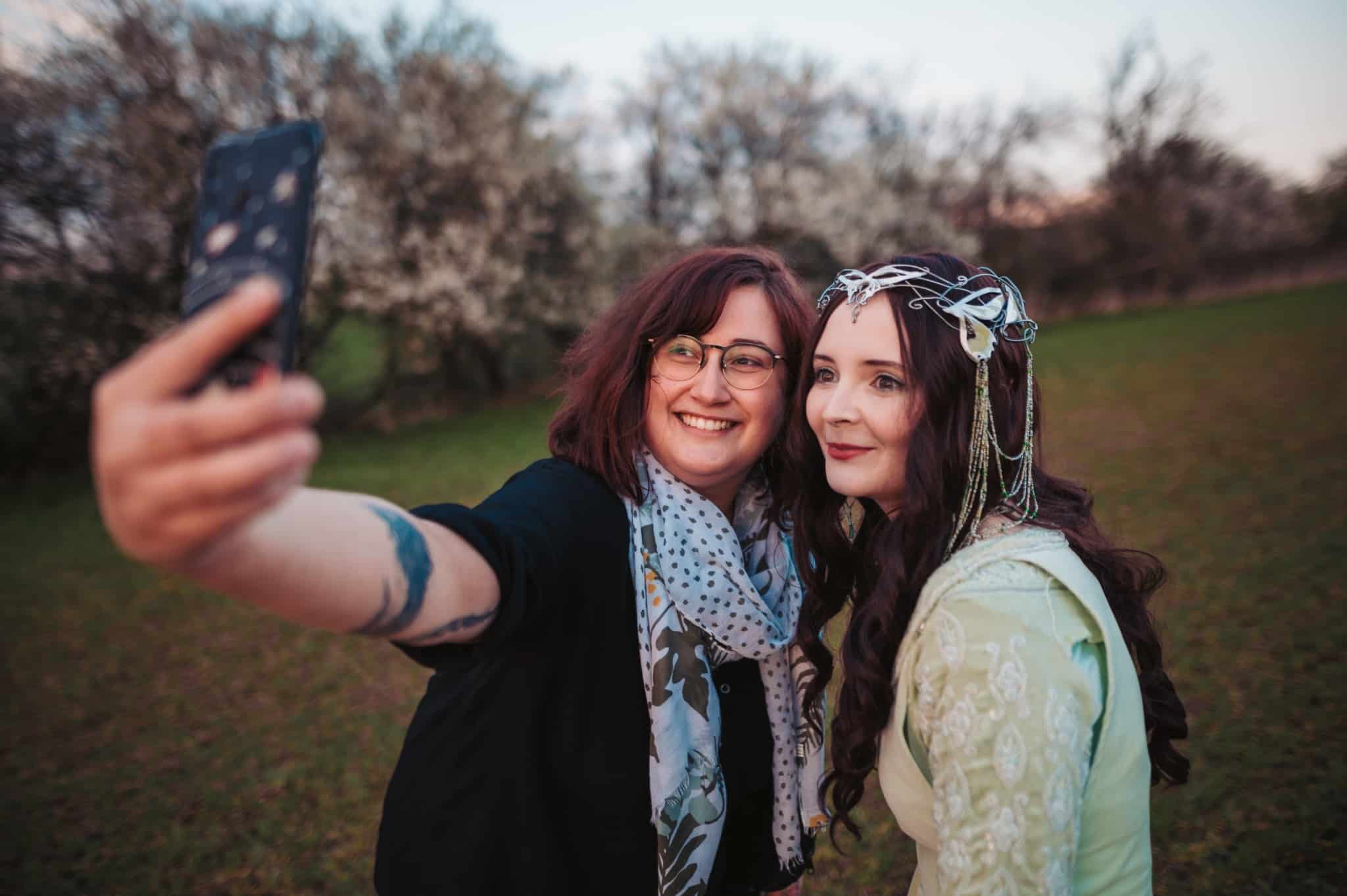
But then again there are those great moments when you enjoy the benefits of being your own boss. Although there may be times you work 16-hour days, weekends, and holidays, then there comes a Monday when you say you don’t want to work and take a day for yourself. You are working for yourself, meeting (achieving?)your own goals, and making your own dreams come true. You can do anything you want and there’s no one to tell you otherwise. Actually, there is, but you don’t have to listen to them. So the bottom line is: becoming a freelance photographer is hard, but certainly worth it!
